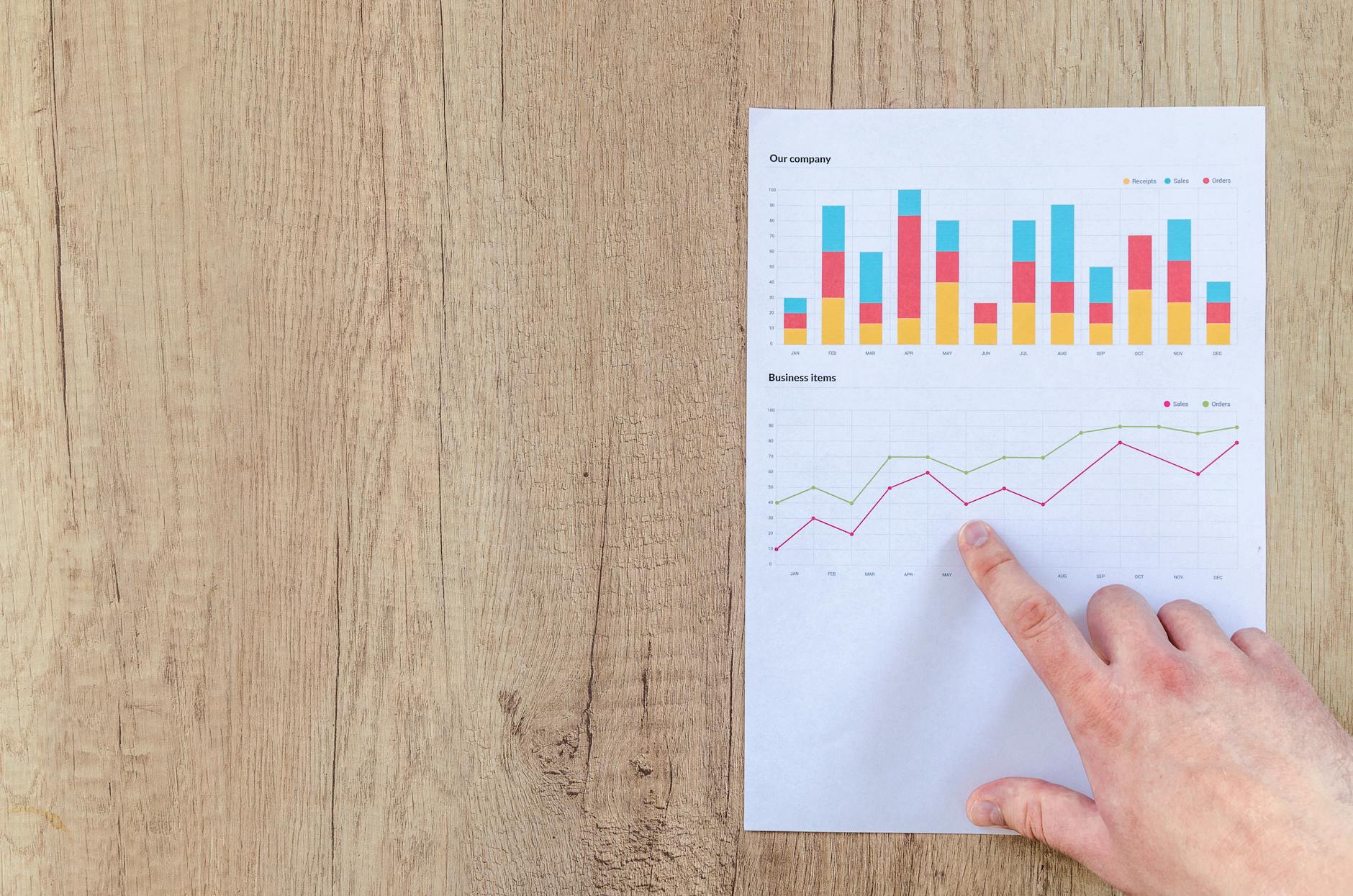Glycemic Index, Glycemic Load. Is there a difference?

Photo by Lukas on Pexels.com
Have you ever had your blood sugar levels tested or heard about eating to balance blood sugar? Have you wondered about the science behind how foods affect blood sugar? Or more importantly, which foods affect your blood sugar more than others?
If so, this post is for you.
It’s all about the glycemic index and glycemic load. And it’s not boring, promise!
Have a read because you may want to pay attention to foods that are high on the glycemic index or high glycemic load. If you want to lose weight, blood sugar management is critical to control appetite, food binges and manage those crazy food cravings.
And if you’re at risk of blood sugar issues, pancreas conditions, or even diabetes this is IMPORTANT for you to know.
What is the Glycemic Index and Glycemic Load?
Glycemic this and glycemic that. Does it matter?
You’ll notice that they both begin with “glycemic.” That’s one tip that they have to do with sugars and carbs. Not only how much sugar is in foods, but more importantly, how it affects your blood sugar levels.
In general, diets that are high on the glycemic index (GI) and high in glycemic load (GL), tend to increase the risk of diabetes and heart disease.
FUN FACT: Starches like those in potatoes and grains are digested into sugar; this is because starch is just a bunch of sugars linked together. Digestive enzymes break those bonds so that the sugars become free. Then those sugars affect your body the same way that eating sugary foods do.
Glycemic Index (“how fast”)
The most common of the two terms is “glycemic index” (GI).
As the name suggests, it “indexes” (or compares) the effect that different foods have on your blood sugar level. Then each food is given a score from 0 (no effect on blood sugar) to 100 (big effect on blood sugar). Foods that cause a fast increase in blood sugar have a high GI. That is because the sugar in them is quickly processed by your digestive system and absorbed into your blood. They cause a “spike” in your blood sugar.
So, you can probably guess that pure glucose is given a GI rating of 100. On the other hand, chickpeas are right down there at a GI of 10.
Regarding GI: low is anything under 55; moderate is 56-69, and 70+ is considered a high GI food.
Remember, this is a measure of how fast a carbohydrate containing food is digested and raised your blood sugar. It’s not a measure of the sugar content of the food.
How the carbohydrates in food affect your blood sugar level depend on other components of the food. Things like fiber and protein can slow the release of sugar into the bloodstream, and this can make even a high-sugar food, low on the GI scale.
So, lower GI foods are better at keeping your blood sugar levels stable because they don’t increase your blood sugar level as fast.
With the Metabolic Balance® plan, low GL carbohydrates alongside sufficient protein and fat reduce blood sugar spikes, helping with appetite control and resulting in the desired weight loss. Read more here.**
FUN FACT: Can you guess which food has a GI of higher than 100? (Think of something super-starchy) White potatoes! They have a GI of 111.
Glycemic Load (“how much”)
The glycemic load is different.
Glycemic load (GL) doesn’t take into account how quickly your blood sugar “spikes”, but it looks at how high that spike is. Basically, how much the food increases your blood sugar.
GL depends on two things. First, how much sugar is actually in the food. Second, how much of the food is typically eaten.
Low GL would be 0-10, moderate GL would be 10-20, and high GL would 20+.
Example of GL and GI
So, let’s compare average (120 g) servings of bananas and oranges:
| Food | GI | Serving size (g) | GL per serving |
| Banana, average | 48 | 120 | 11 |
| Oranges, average | 45 | 120 | 5 |
Excerpt from: Harvard Health Publications, Glycemic index and glycemic load for 100+ foods
As you can see, the banana and orange have almost the same glycemic index.; this means they both raise your blood sugar in about the same amount of time.
But, the average banana raises the blood sugar twice as high (11) as the orange does (5). So, it contains more overall sugar than the same amount (120 g) of orange.
Of course, this is all relative. A GL of 11 is not high at all. Please keep eating whole fruits. 🙂
What does this all mean for your health?
Certain people should be aware of the effects that foods have on their blood sugar. People who have diabetes or pre-diabetes conditions like insulin resistance need to be aware of the glycemic index and glycemic load of foods they are eating regularly.
The GI and GL are just two factors to consider when it comes to blood sugar. Some high GI foods are pretty good for you but if you want to reduce the impact on your blood sugar, have them with a high-fiber or high-protein food.
Conclusion
If you have blood sugar imbalances or diabetes, you should probably be aware of the GI and GL of your food.
If you are at risk of diabetes or heart disease, you might try swapping out some higher GI/GL foods and replacing with lower GI/GL foods.
References:
http://www.health.harvard.edu/diseases-and-conditions/glycemic_index_and_glycemic_load_for_100_foods
http://lpi.oregonstate.edu/mic/food-beverages/glycemic-index-glycemic-load
**Dr. Wolf Funfack, MD Metabolic Balance® Your Personalized Nutrition Roadmap-a natural approach to reaching your perfect body weight
the small print:
Disclaimer
The information contained herein is NOT intended as medical advice, nor is it intended to replace the care of a qualified health professional. Always consult your doctor for all diagnoses, treatments, and cures for any diseases or conditions, as well as before changing your health care regimen.

